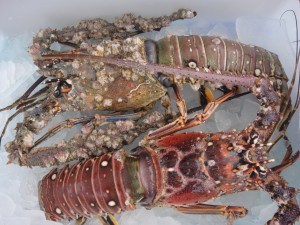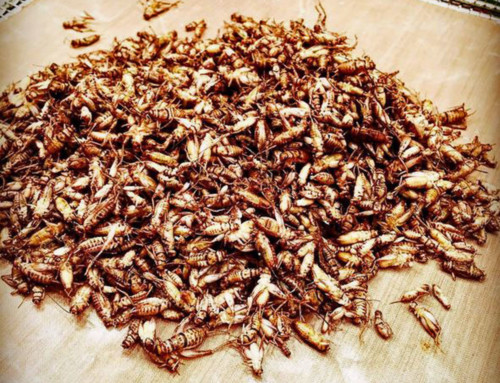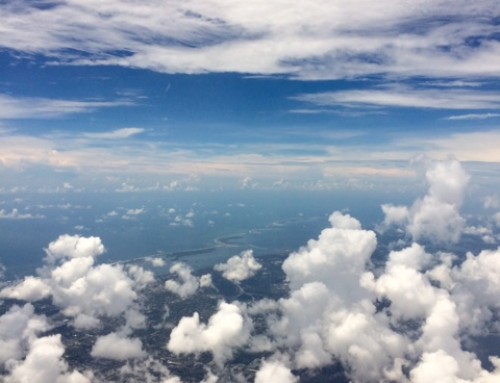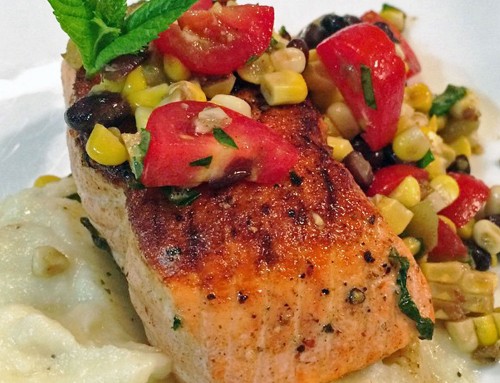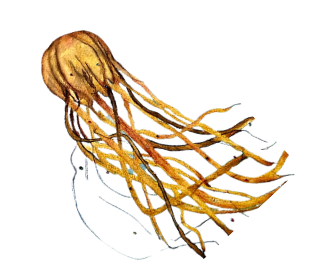Two events happen on August seventh every year.
It’s Florida Spiny lobster season and it’s my birthday.
Well, the annual, eight-month Florida Spiny lobster season officially begins August sixth, and runs through March thirty-first, but I’m always reminded of it on my birthday.
Since I’d moved from the Florida Keys thirteen years ago to the mainland (as the rest of Florida is called), I’d discovered that buying Florida Spiny lobster can be a rare bug indeed.
There are exceptions of course.
- If you live on the Florida coastline, or anywhere near it.
- Take your annual vacation to Florida.
- Work in the seafood industry (that was my life,)
- Attend local farmer’s markets, (in certain areas of Florida)
- Or better, have great friends who want to lavish their love and affection in the form of a case of hard-shelled crustaceans. And if you find such friends, remember who’s talking about lobster now.
I live in Western Kentucky now. Far, far away from the warm tropical waters of Florida. But remember, it’s my birthday, and I’m taking a trip down memory lane.
Follow along if you will, or rather, on with the meaty part of this story.
A Florida Spiny lobster, also called rock lobster, bugs, or warm water lobster, is a little bit different from its cousin, the Maine lobster, also called the American lobster, a cold-water lobster, named so because of the water they inhabit. The most obvious difference is the way the Florida Spiny lobster looks.
- Florida Spiny lobster don’t have front claws,
- And its shell is a brilliant mix of brown, orange, yellow, and blue (see photo above.)
- The other big difference between the warm-water lobster and cold-water lobster is its flavor.
- The Spiny, warm-water lobster meat has a briny, or salty flavor, and is a tad bit firmer than the Maine, cold-water lobster meat that has a cleaner, sweeter flavor.
Now that you know a little about Florida Spiny lobster, here are few things you’ll need to know about the little bugs when you get them in your kitchen.
Once removed from the warm tropical waters, Florida Spiny lobsters begin to die rather quickly. Storing them on ice will keep them until they’re cooked, which should be the same day you buy them or the next.
Best cooking methods for Florida Spiny lobster are grilling, steaming and broiling. You can cook the lobster in the shell, or remove it, then cook it for lobster tacos, or lobster puff pastry, like I did.
Or, imagine it’s your birthday, and have someone else cook it for you.
If you’re going to Florida and want to dive or snorkel for Florida Spiny lobster, there are catch limits, and you’ll need a saltwater fishing license and a lobster permit. Check out the sites below for more information.
Florida Spiny lobster are a sustainable seafood species. And that’s always a good thing, in my book.
Lastly, here’s a one-minute video from the fine folks at FloridaLobstering.com. It’ll help you understand how to tickle, catch and measure your very own Florida Spiny lobster.
Here’s more information on Florida Spiny lobster.

